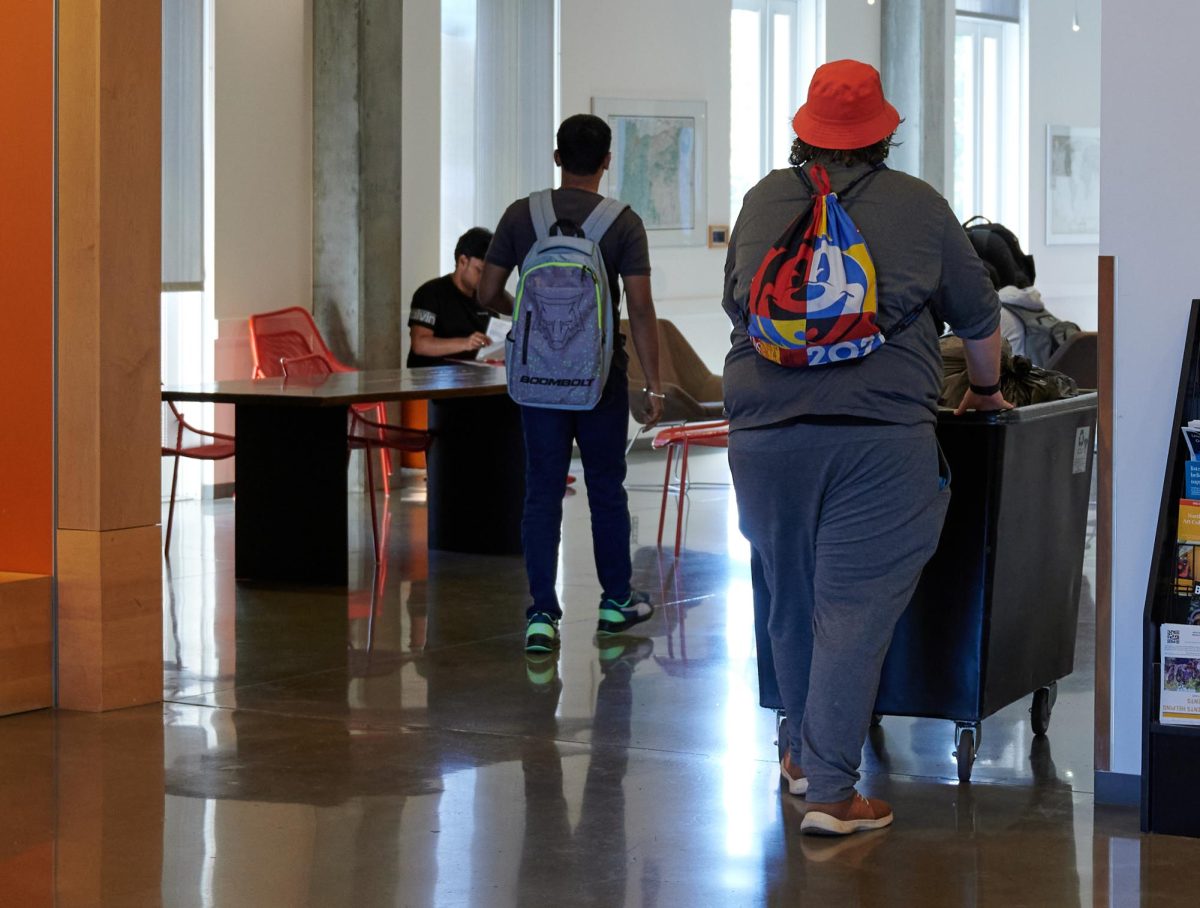Oregon State University has shown a rising trend in enrollment for the past 27 years, and this year is no exception.
Jon Boeckenstedt, OSU vice provost of enrollment management, said OSU will “almost certainly” have a record enrollment in Fall 2024.
He said applications are rising as well, and that OSU “saw a record number of applications for the first year class.”
According to Boeckenstedt, the Corvallis campus had 30,792 applications for first years and transfers this year as of July 2024. This number is a 5% increase from last year and 16% from two years ago.
According to the OSU enrollment management website, OSU enrolls more residents and nonresidents than any other four-year institution in Oregon. The website also said that it awarded over 30% more bachelor’s degrees in 2021-2022 than any other institution in the state.
Currently OSU has a total of 36,636 students, which has grown by 7,910 in the past 10 years.
Increased enrollment has affected housing and residence halls in the past, considering that Corvallis is already in a housing crisis. Incoming students have been impacted by overcrowding in OSU housing due to rising enrollment, according to a 2023 article by The Daily Barometer.
“We’ve told the city of Corvallis that we intend to grow slowly over the next several years. They’re okay with that,” Boeckenstedt said.
The city’s two main concerns, according to Boeckenstedt, are parking and housing.
According to Patrick Rollens, public information officer for the city, Corvallis and all of Oregon are in a housing crisis, meaning more units are needed of all types.
A variety of student rental housing projects have become available in the last five years or so, but this is not nearly enough. Many students are living in single family homes, which takes these off the market for families as starter homes, according to Rollens.
“The solution is more housing of all types, to take the pressure off all those different market segments,” Rollens said.
Rollens also said that cities are primed to grow with their population, and that services will be provided to meet the needs of the population as it increases. Pausing to examine progress and impacts is important, and every segment of city services has a long-range strategic plan.
According to Rollens, issues that plagued the town 10-15 years ago such as loud parties, public drunkenness and trash have been reduced largely through education and outreach to students in Corvallis neighborhoods.
“Corvallis wouldn’t be the place that it is without the influx of young people who come here for university,” Rollens said.














































































































